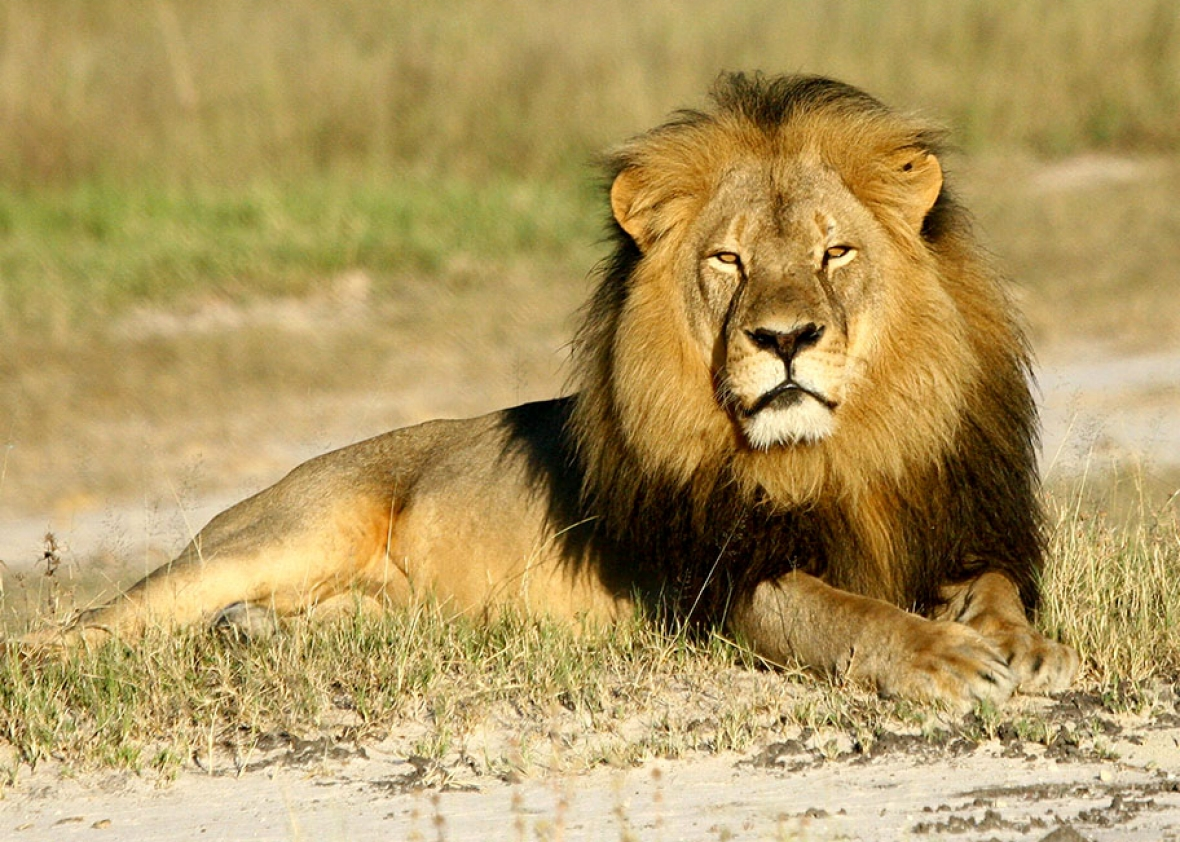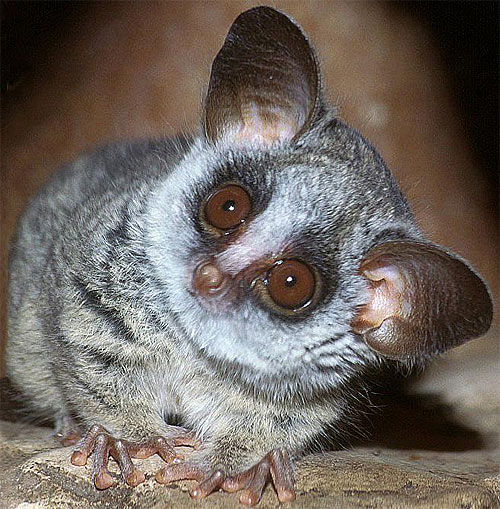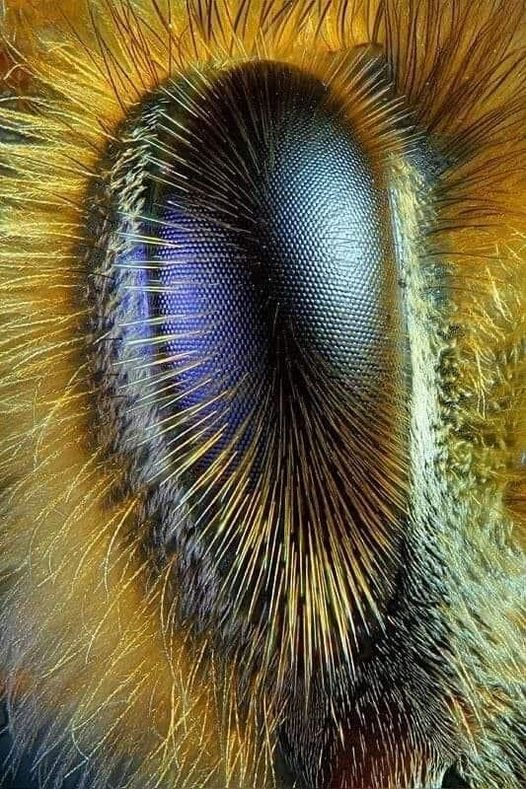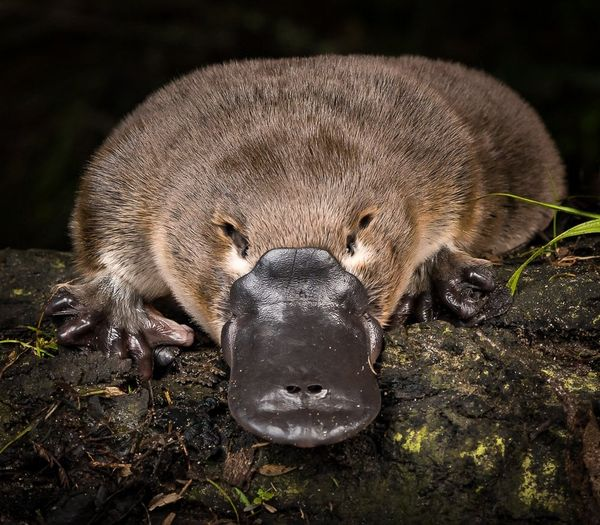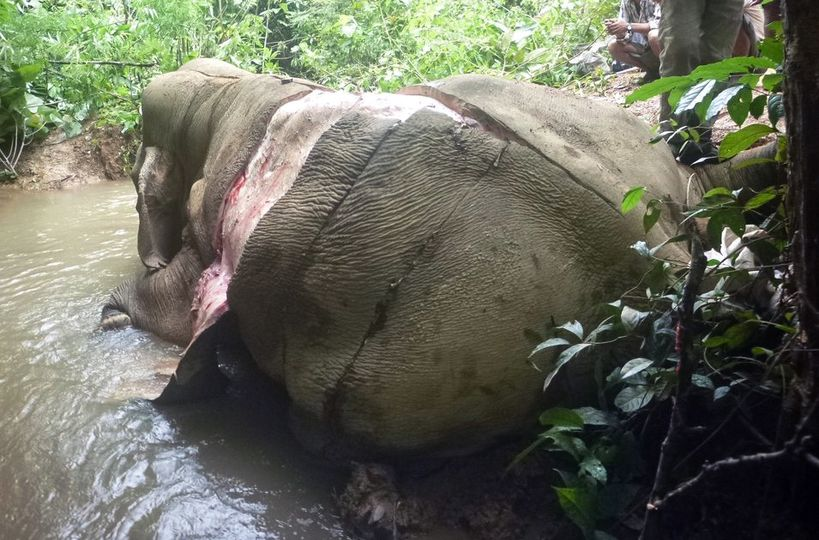27 July 2021
Why does a cheetah have such small teeth for a carnivore?
Carnivores have similar teeth, but those long canines, say in a leopard or lion, are far larger than those found in the cheetah (in proportion to their body size). There is a good reason for this – the cheetah's smaller canines means it has smaller roots and that leaves more room for the nasal cavity. It needs this extra room for when it pants, when it grips the prey at the throat just after chasing it at high-speed.
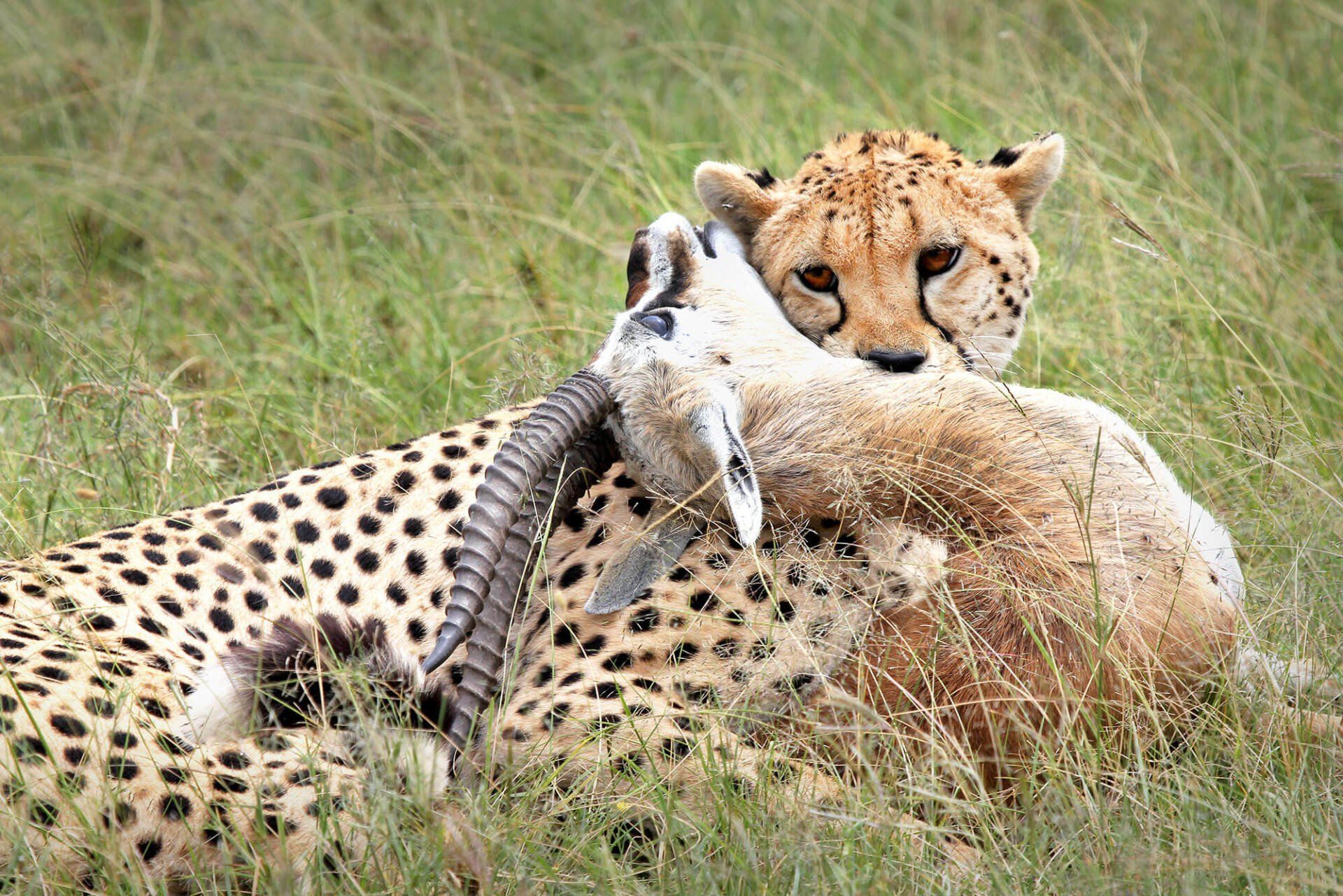
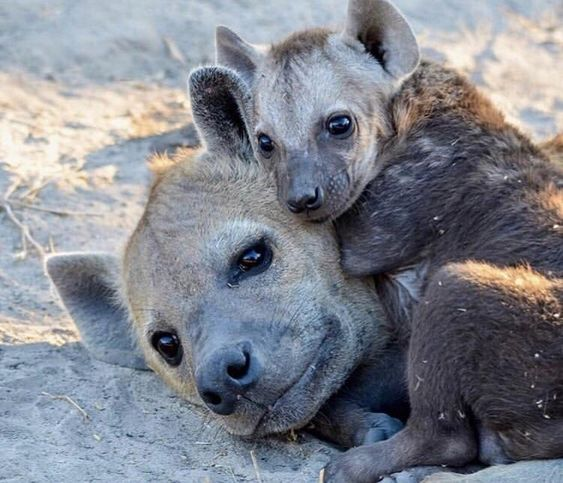
This enormous continent is home to many fantastic wild animals and the two we identify with the most, or most iconic, most popular. Well... 'most' of everything, is the lion and then the elephant. I have much to say about the prey animal – the elephant, but this post is about Africa's two top predators – The African lion and the largely ignored, Spotted hyena – Africa's two top predators. I am, however, focussing and highlighting that phenomenal intelligent fighter that is unfortunately greatly underestimated – the spotted hyena. They are and will always be Africa's greatest warrior. The first clear sign is that they are born into brutality and only the strongest will survive. Spotted hyena cubs are born with eyes open and already armed with teeth. The reason for that is that they have to fight for their survival from the moment they are born. The mother only has two teats and sometimes three cubs are born – not the usual amount, one or two. Competition for food is fierce and to survive the cubs have to fight from the moment they are born. Even if there are only two cubs born – the competition for food never fades and this they carry forth to adulthood – and in the end only one or more rarely, only two cubs will remain if there were three (an example).

Due to mankind's involvement, they are no longer kings, except in the minds of a few. The mighty is now reduced to 'vulnerable to extinction' and found in threatened and small, scattered populations over the continent as most of their original hunting grounds have been turned into agricultural lands (one reason, but a big one). The highest, but greatly threatened, wild lion populations are found in southern Africa.

